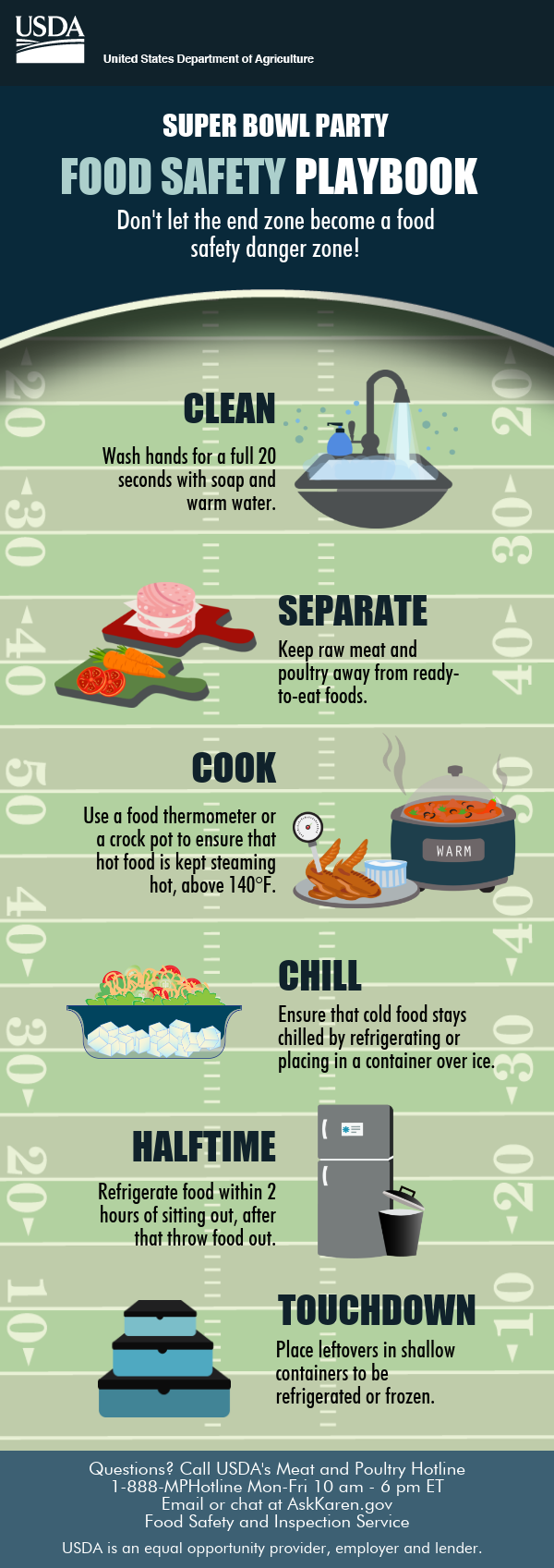Making party plans for the big football game? By following basic rules from a food safety playbook, you’ll provide the best defense to avoid letting your teammates get sacked by food illness this Super Bowl. You may also get voted as MVP for being the best Super Bowl party host!
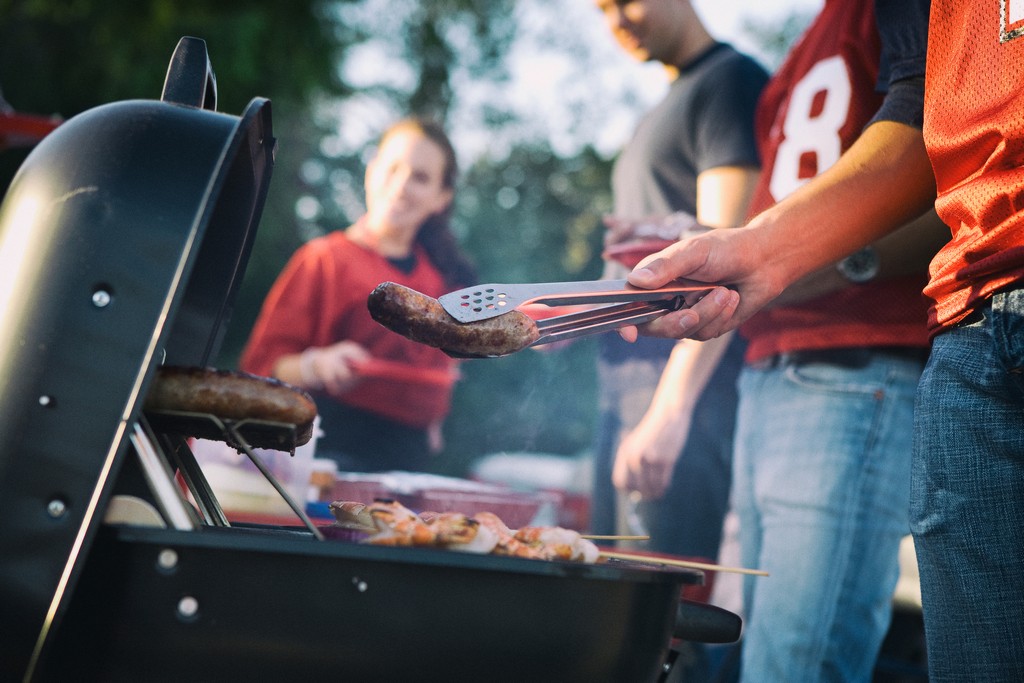 Image Source: Shutterstock
Image Source: Shutterstock Food Safety Procedures
Foodborne illness is caused by consuming contaminated food or beverages. Biological contaminants are the main causes of foodborne illness and include a variety of harmful bacteria, viruses, and parasites. Other illnesses are caused by harmful toxins or chemical contaminants (also referred to as chemical hazards). Likewise, food allergens are a chemical hazard in the natural toxin sub-category.
Most cases are caused by common bacteria such as Salmonella, Campylobacter, and E. coli.
- Learn about foodborne pathogens, cross contamination, cold and hot food safety, and best practices to prevent foodborne illness.
- Food Manager ANSI Certification: $99.00 - Valid in all States
- Food Handler Training: Only $7.00!
- 10% OFF: Enter Promo Code "train10off" at Checkout
Safe Warm Up: Clean
- Begin your party food prep by washing hands with warm, soapy water for at least 20 seconds.
- Wash and sanitize dishware and utensils before using them to prepare, warm, cook or serve any foods.
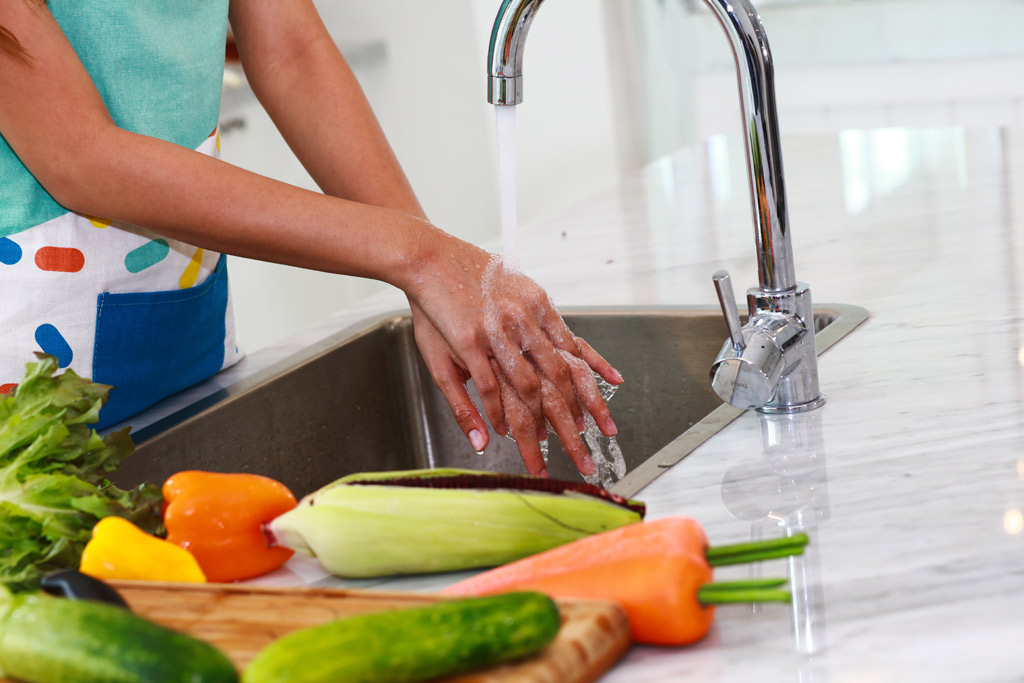 Image Source: Shutterstock
Image Source: Shutterstock Separate
Don’t cross-contaminate your food. Cross-contamination is the transportation of harmful organisms or toxins to food by:
- Hands that touch raw foods, such as meat and poultry, then touch food that will not be cooked, like salad ingredients.
- Surfaces, like cutting boards or cleaning cloths, that touch raw foods, are not cleaned and sanitized, then touch ready-to-eat food.
- Raw or contaminated foods that touch or drip fluids on cooked or ready-to-eat foods.
- Utensils, such as knives, which cut raw foods, such as chicken, then cut ready-to-eat food such as lettuce.
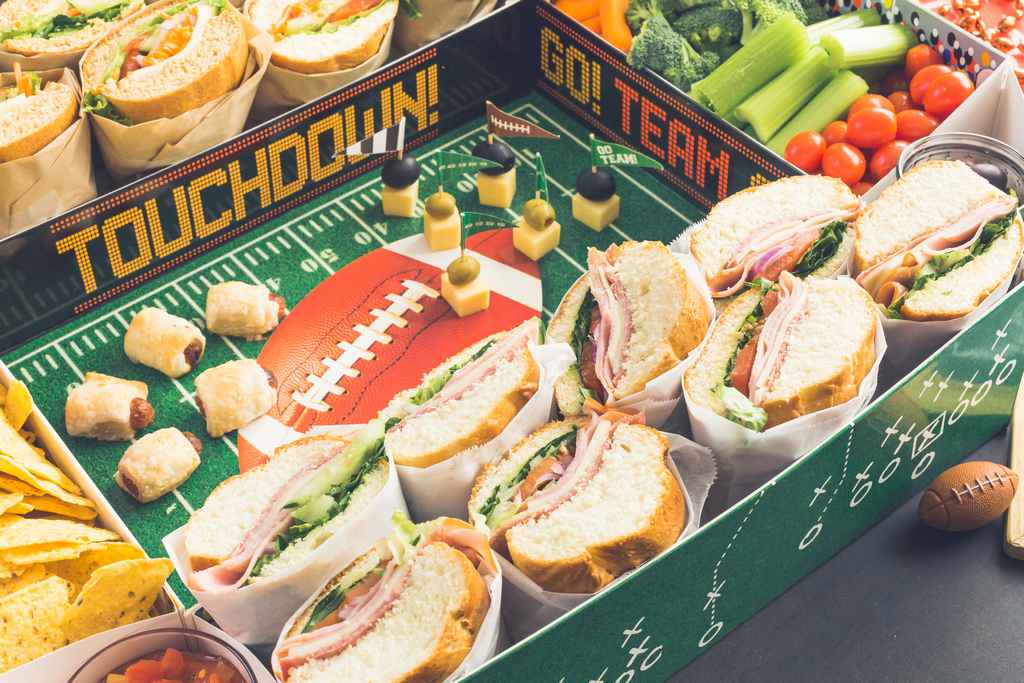 Image Source: Shutterstock
Image Source: Shutterstock Cook to Proper Temperature
Use a food thermometer to ensure that all meats, poultry and other cooked food items have been cooked to a safe internal temperature before serving.
Cooking requirements are based in part on the biology of pathogens. The thermal destruction of a microorganism is determined by its ability to survive heat. Different species of microorganisms have different susceptibilities to heat.
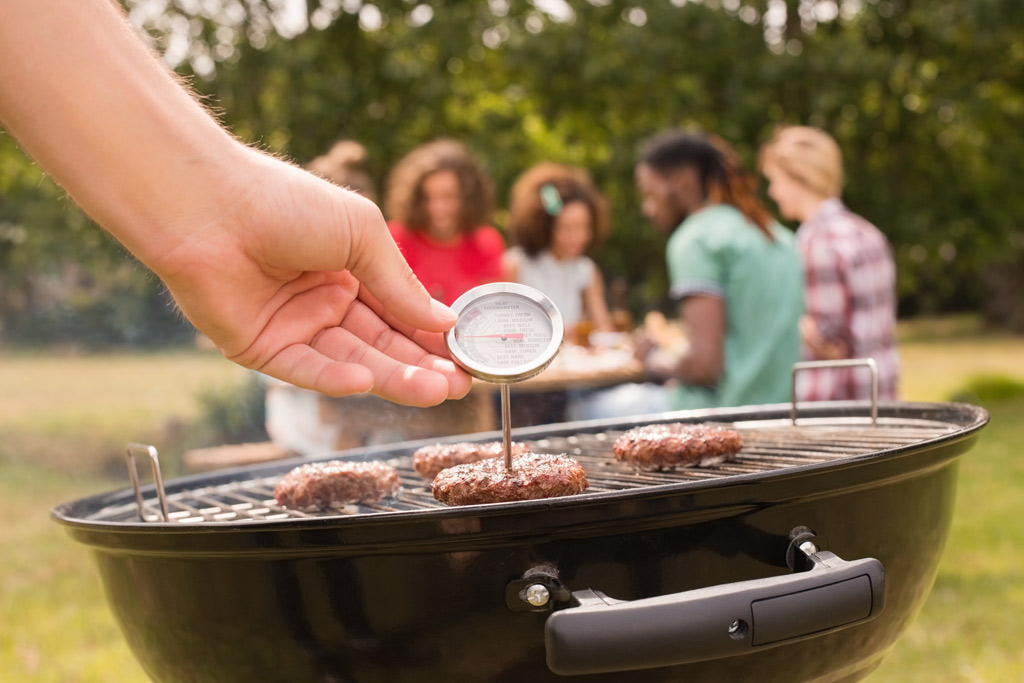 Image Source: Shutterstock
Image Source: Shutterstock Here are the recommended internal temperatures for some Super Bowl party favorites:
- Chicken wings = 165°F
- Burgers and sliders = 160°F
- Chili and other reheated foods = 165°F
Any previously cooked foods being reheated must be reheated to a safe internal temperature of 165°F before serving.
 Image Source: Shutterstock
Image Source: Shutterstock Watch the Time – Leftovers
The game is over, but that doesn’t mean you have to lose your food or your health! Track the time that food stays on the buffet.
Foods can be kept safe by minimizing the time they spend in the temperature danger zone (41–135° F). When food is in the temperature danger zone, pathogens grow and multiply at a fast rate and can make food unsafe to eat.
Sideline any perishable foods that have been out at room temperature for 2 hours or more.
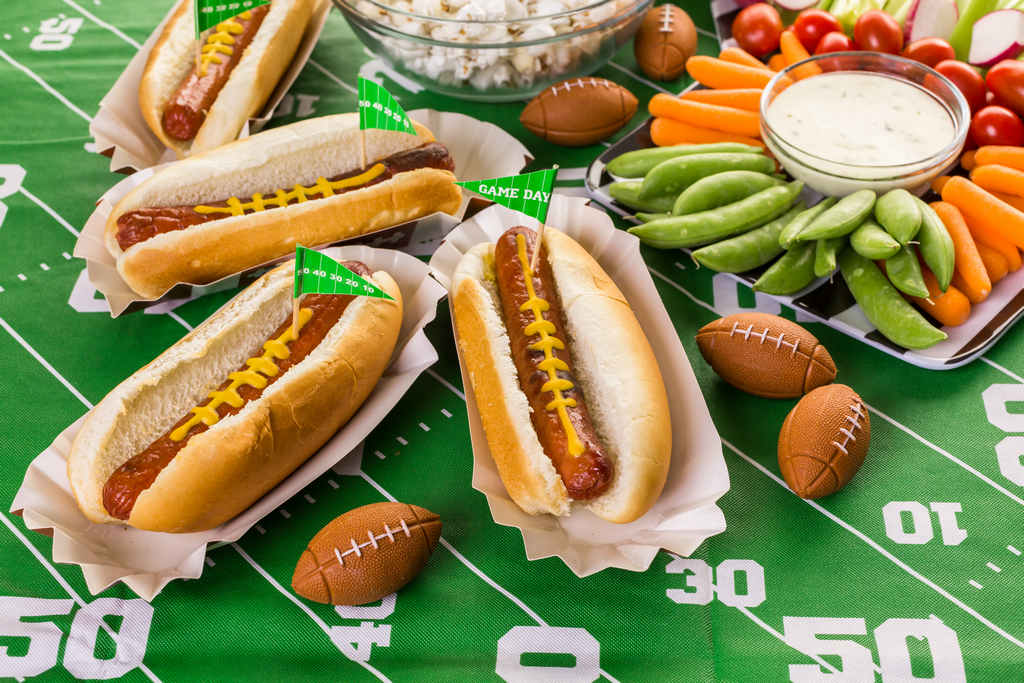 Image Source: Shutterstock
Image Source: Shutterstock Summary
By following simple rules from a food safety playbook, you’ll provide the best defense to avoid letting your teammates get sacked by food illness this Super Bowl. You may also get voted as MVP for being the best Super Bowl party host!
Additional Resources
- Four Steps to Food Safety (Flickr)
- Cooking for Groups (Flickr)
- Super Bowl Party Food Safety Playbook (Flickr)

